
by Nick Anderson | Aug 31, 2023 | Plane Tales
Podcast (pt): Download
I trust that you will recall the stories from my RAF Logbook which had reached the point of my first Hornet deployment to New Zealand to work with the Kiwi A4 Skyhawks of No 75 Squadron Royal New Zealand Air Force at Ohakea.
The squadron we were working with had a rich history and I was sure I was going to enjoy my time with them.
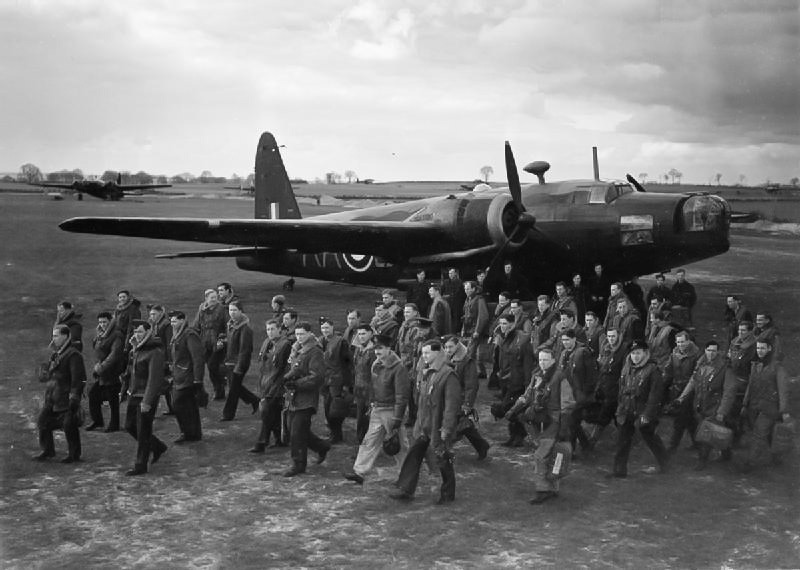
75 Sqn RNZAF formed with Wellingtons purchased by the New Zealand government
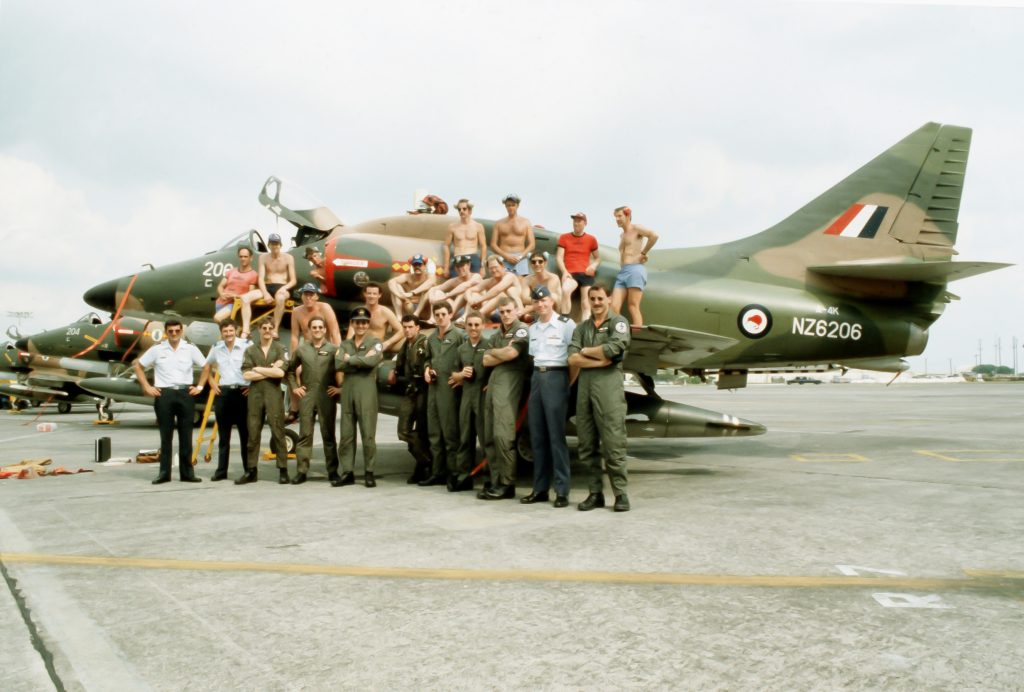
75 Sqn A4 Skyhawk
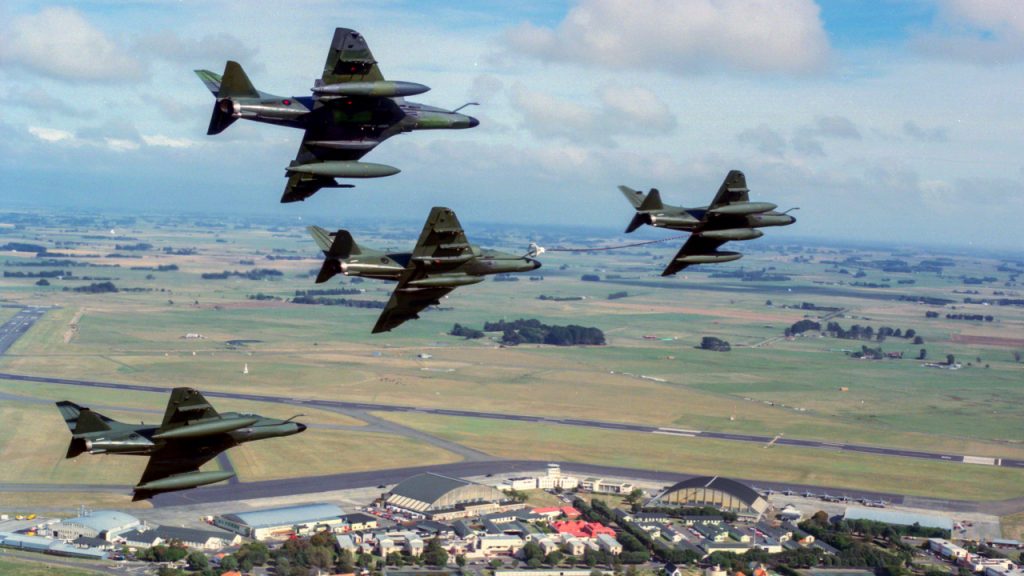
The Kiwi Red formation team
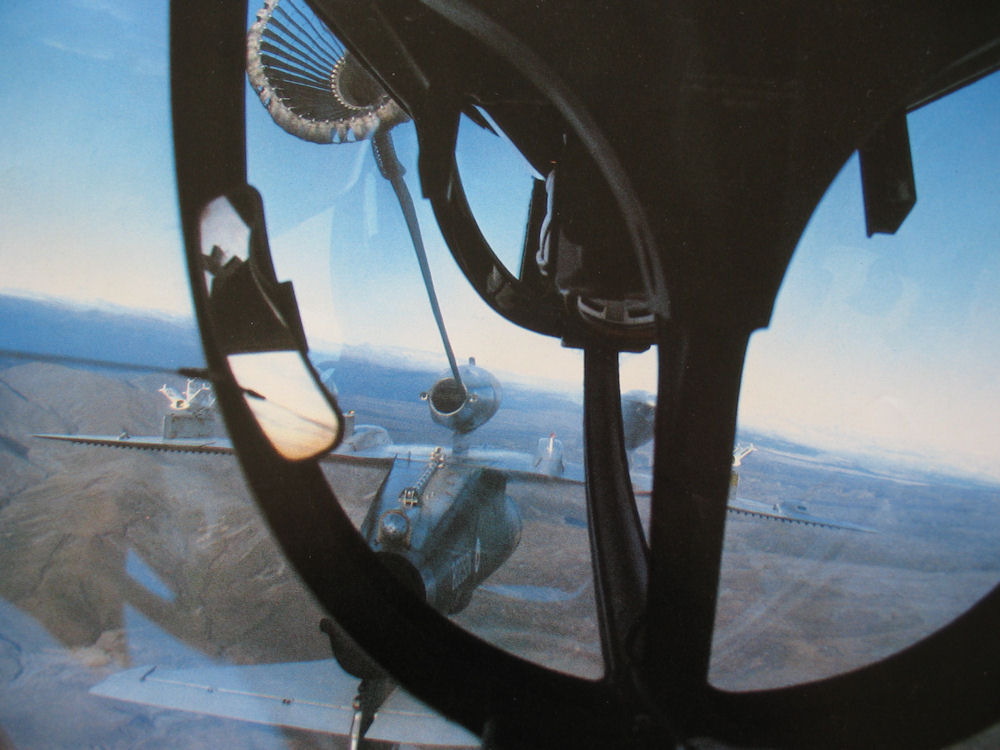
Inverted whilst in contact

An A4 in combat firing rockets
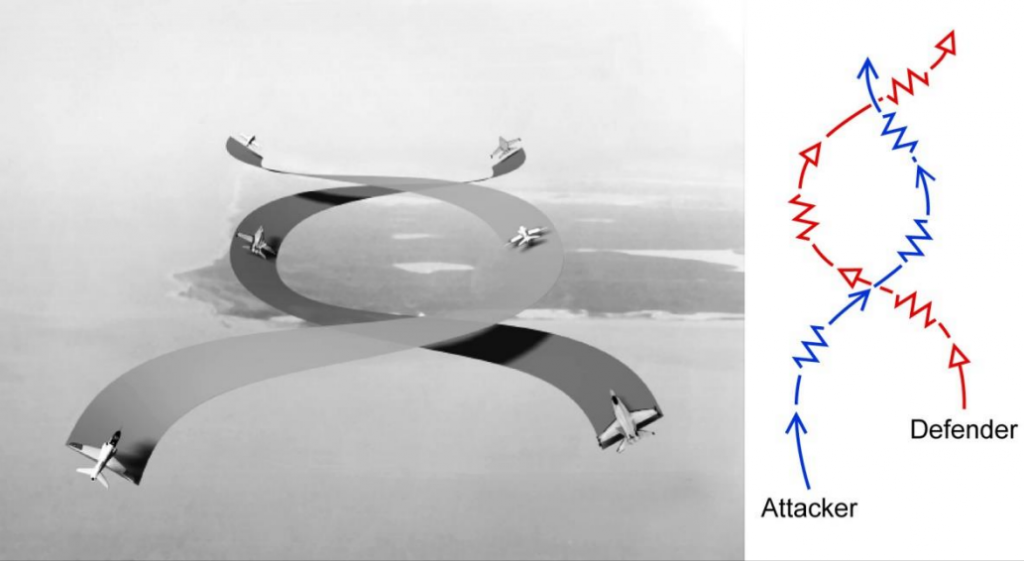
How to fly a flat scissors
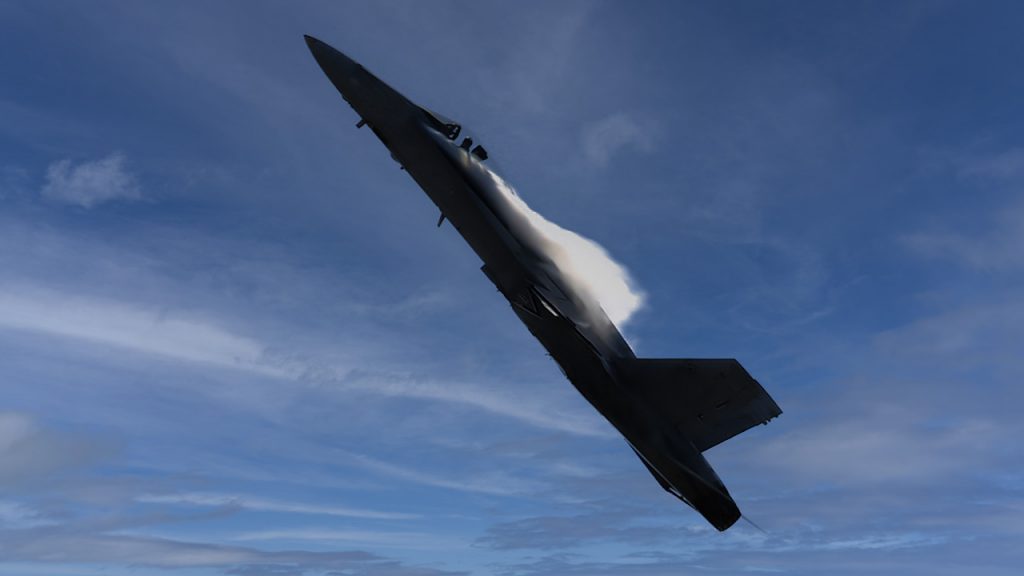
An FA18 pulls into the vertical
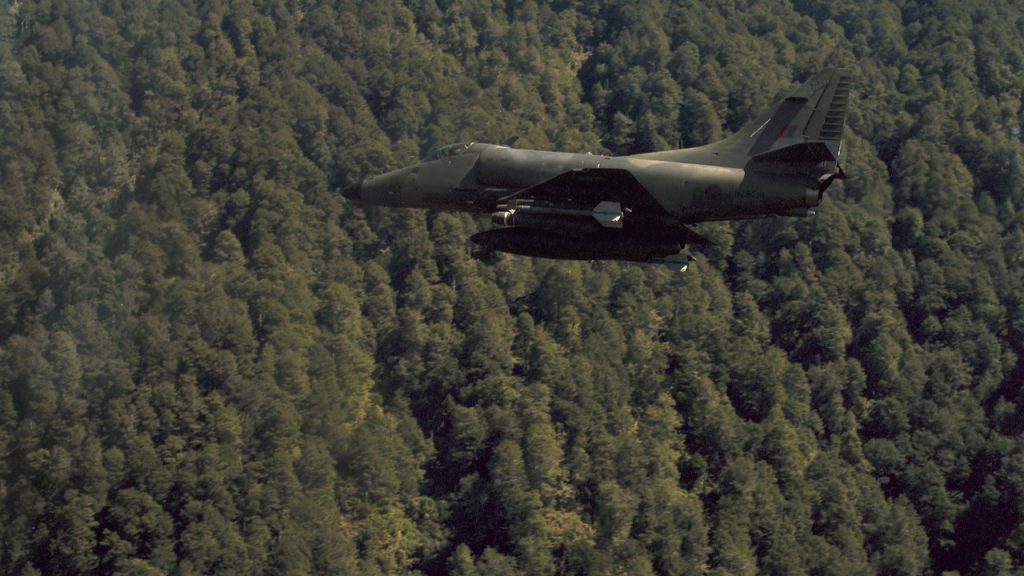
The effectiveness of camouflage

Low level
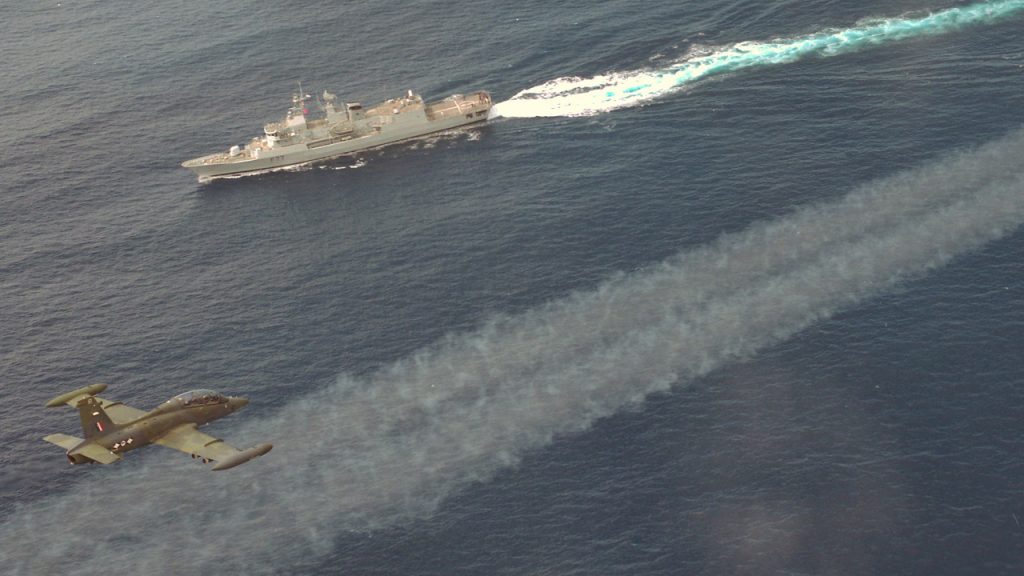
Attacking a splash target
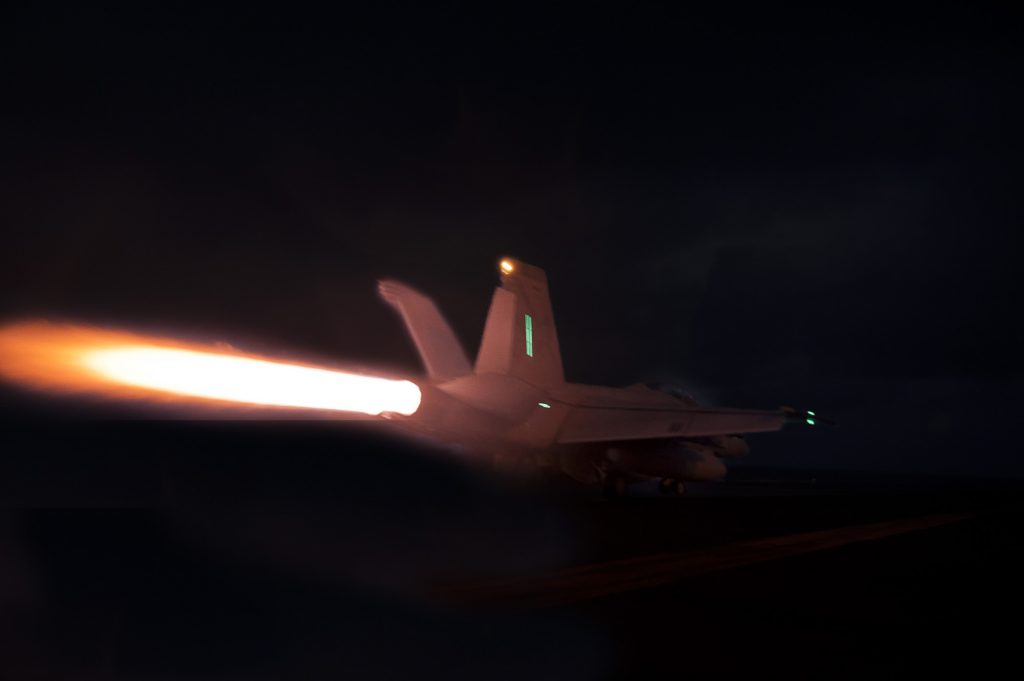
The Hornet at night
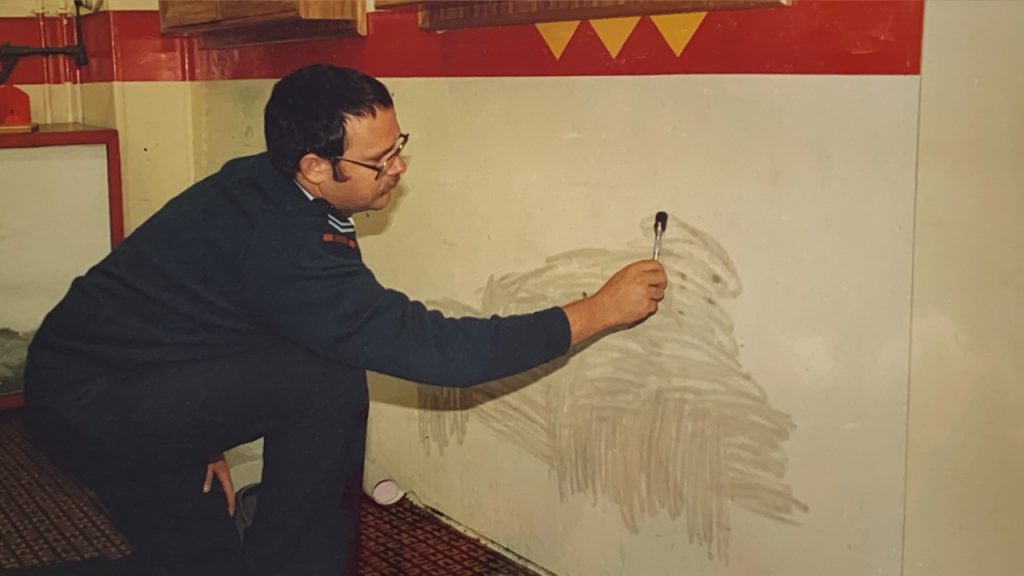
The disappearance of the hook was investigated
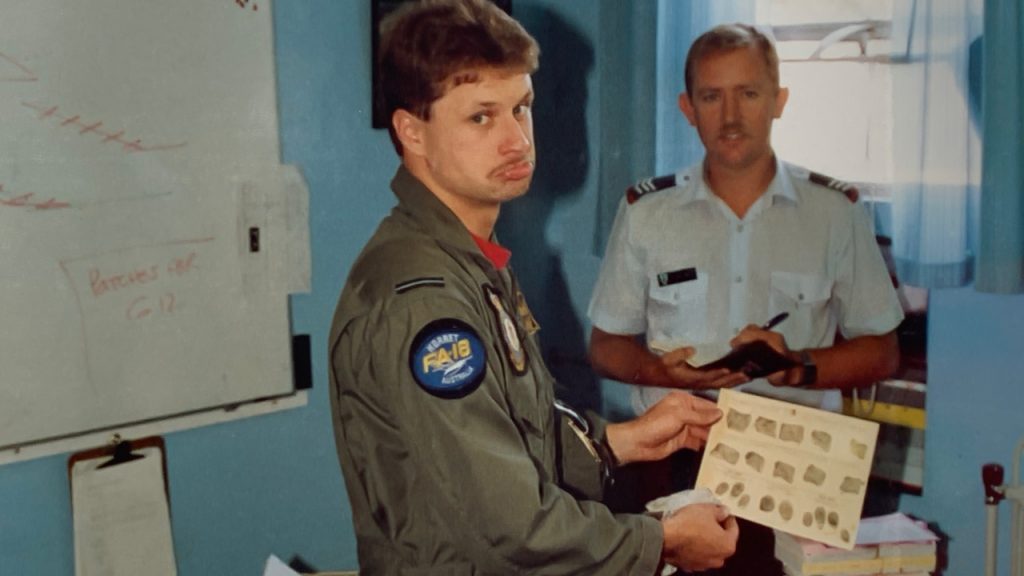
The perp was arrested!
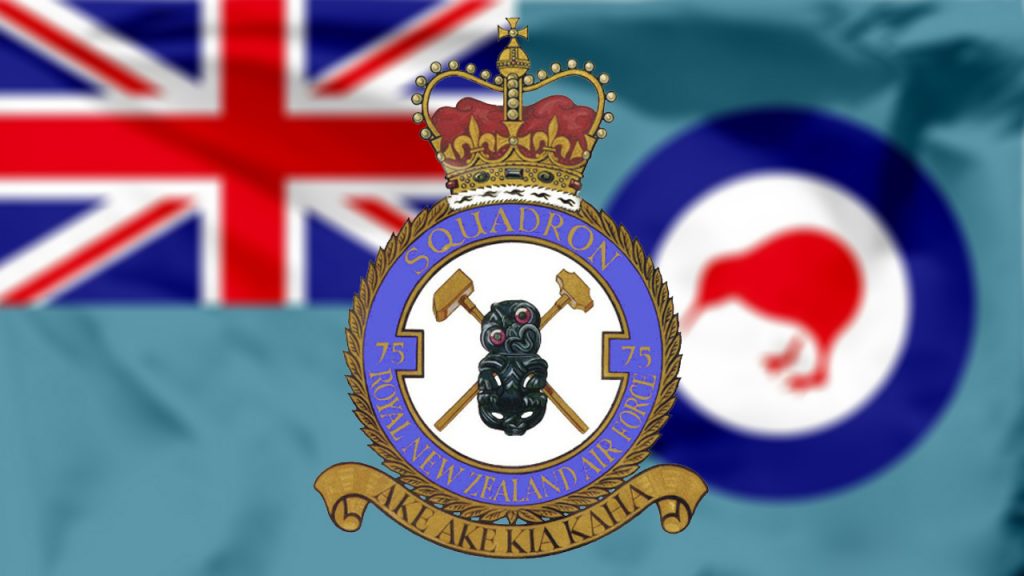
75 Sqn RNZAF was sadly disbanded
Images shown under creative commons licence with thanks to the RAF, the New Zealand Defence Force, the USN, CNATRA, Bernardo Malfitano and Myself.

by Nick Anderson | Aug 15, 2023 | Plane Tales
Podcast (pt): Download
The Right Hand Traffic Rule stated that an aircraft which was flying within the United Kingdom in sight of the ground and following a road, railway, canal or coastline, or any other line of landmarks shall keep such line of landmarks on its left. For reasons that defeat me the rule went on to give an exception stating, “provided that this rule shall not apply to a helicopter following the Motorway M4 on a route from West Drayton to Osterley Lock!” Let me take you back to the the birth of commercial aviation in Europe after the First World War.Daimler Airways operated the De Havilland aircraft on the Croydon to Paris route and Grands Express were operating the same route, albeit originating from Paris. The scene was therefore set and, no doubt the astute amongst you will already be speculating on what befell the Daimler Airway mail flight departing Croydon on the 7th of April 1922 and the Grand Express aircraft that left Le Bourget on the same day, just after noon. This is that story.
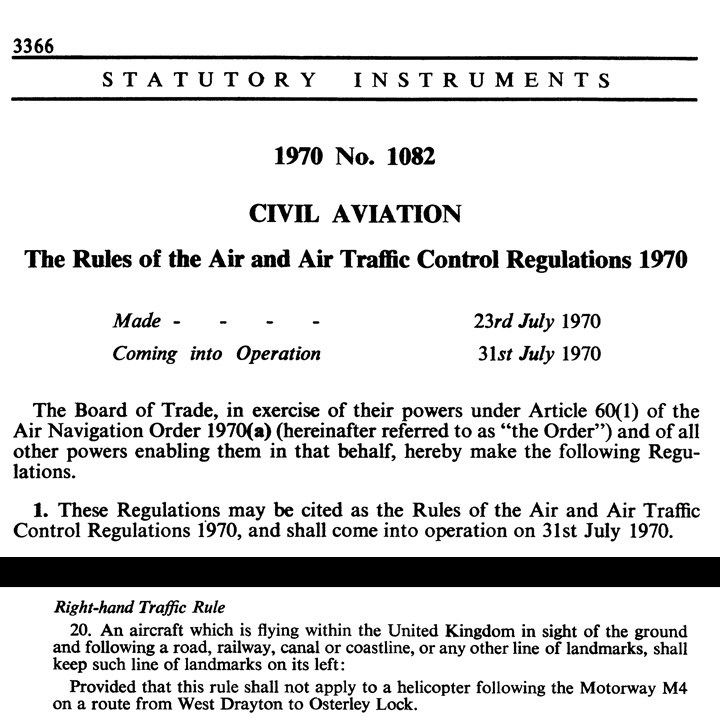

The Farman Goliath airliner

The DH18
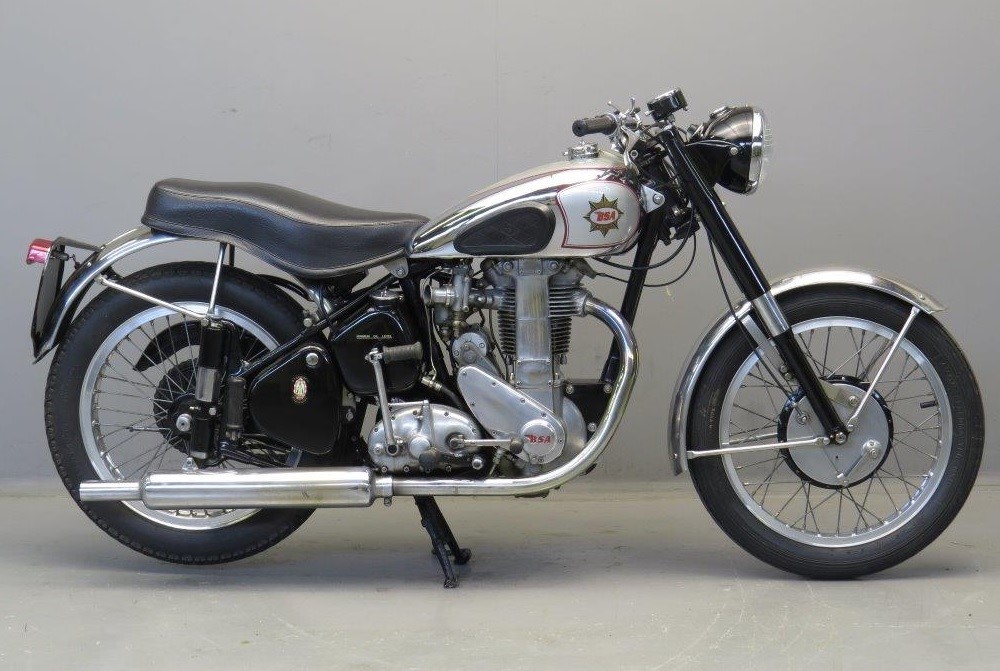
The BAS 500cc single Gold Star
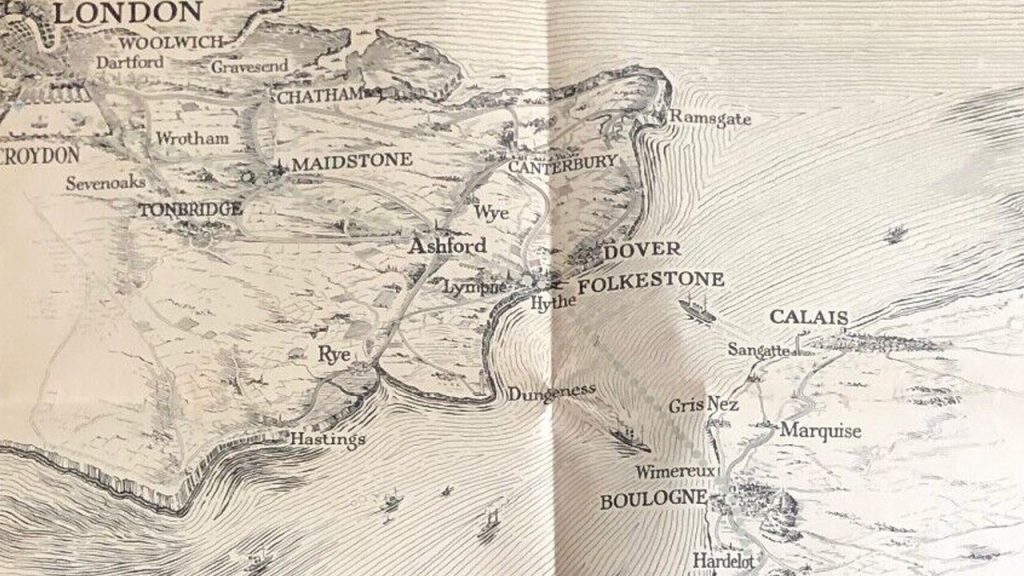
London to Le Bourget
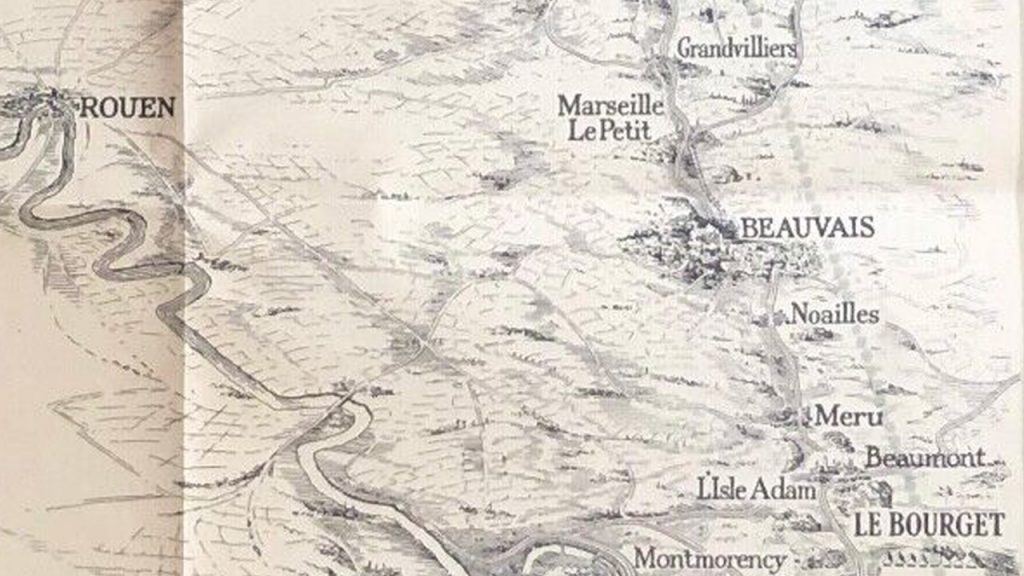
Le Bourget to London
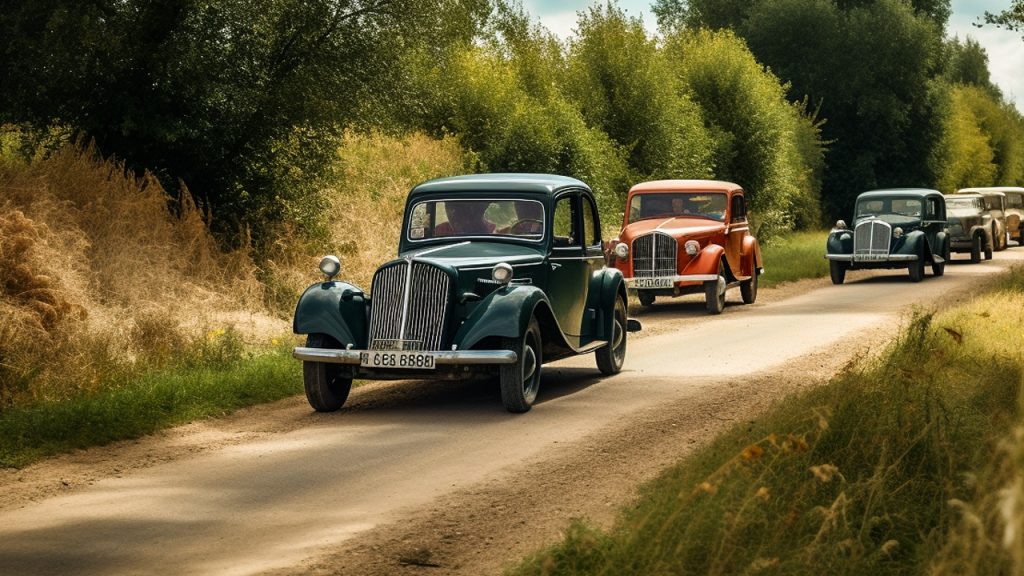
Traffic in France drove on the right hand side
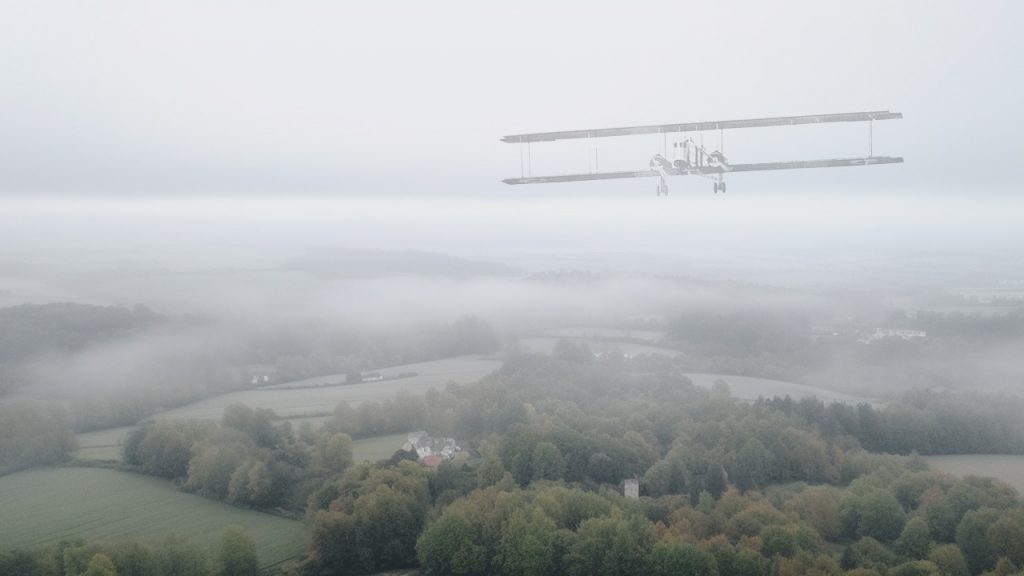
On that fateful day, the weather was poor

The Picardie accident was the world’s first mid air collision between airliners
Images shown under the Creative Commons licence with thanks to Albert Thuloup, Handley Page, BP, SADSM, The Library of Congress and Popular Mechanics.
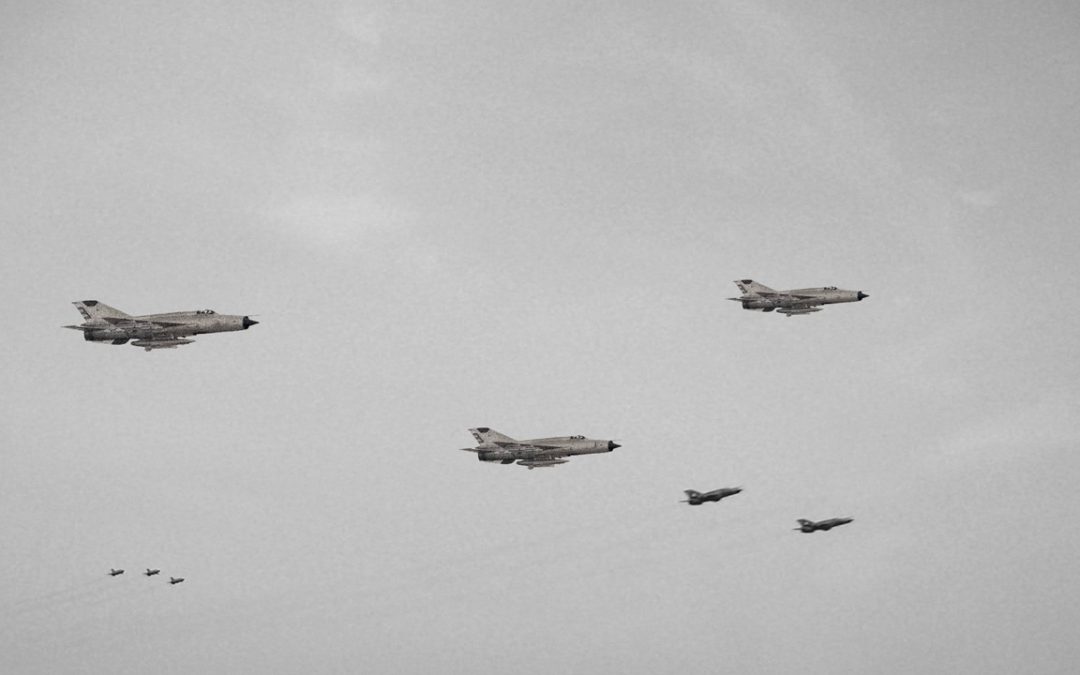
by Nick Anderson | Aug 15, 2023 | Plane Tales
Podcast (pt): Download
Traditionally the phrase Brass Monkeys goes hand in hand with weather so cold that only a naughty sounding description like, “It’s cold enough to freeze the balls off a brass monkey,” will suffice. If, however, you were the crew member a NATO aircraft in Europe during the tense times of the Cold War, Brass Monkeys meant something very specific! It was a code phrase that everyone knew of and listened out for on the Guard frequency just in case it was broadcast. Two or three minutes into the flight Rikki was super-sonic and climbing through twenty thousand feet or so when the first “Brass Monkeys” call came over the radio: “Brass monkeys, brass monkeys, aircraft heading east at high speed fifty miles east of Gutersloh, brass monkeys”. He ignored it!

The true origin of Brass Monkeys has been lost in time

The identification papers of defector Viktor Belenko

Map of the East/West German airspace
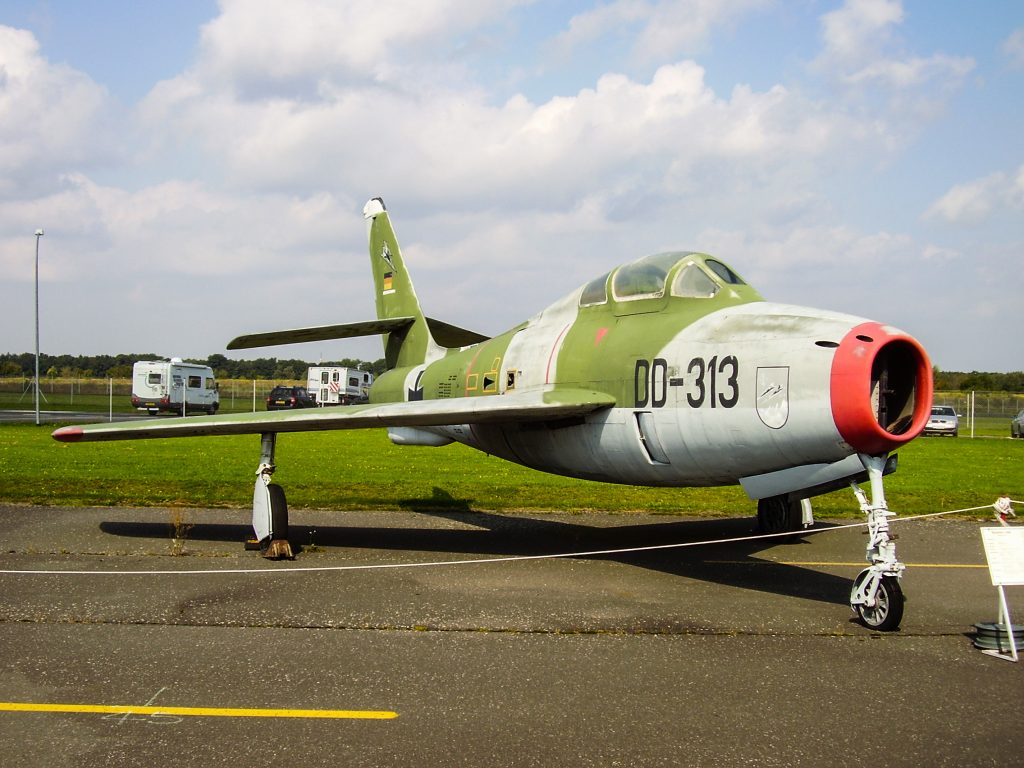
An F84
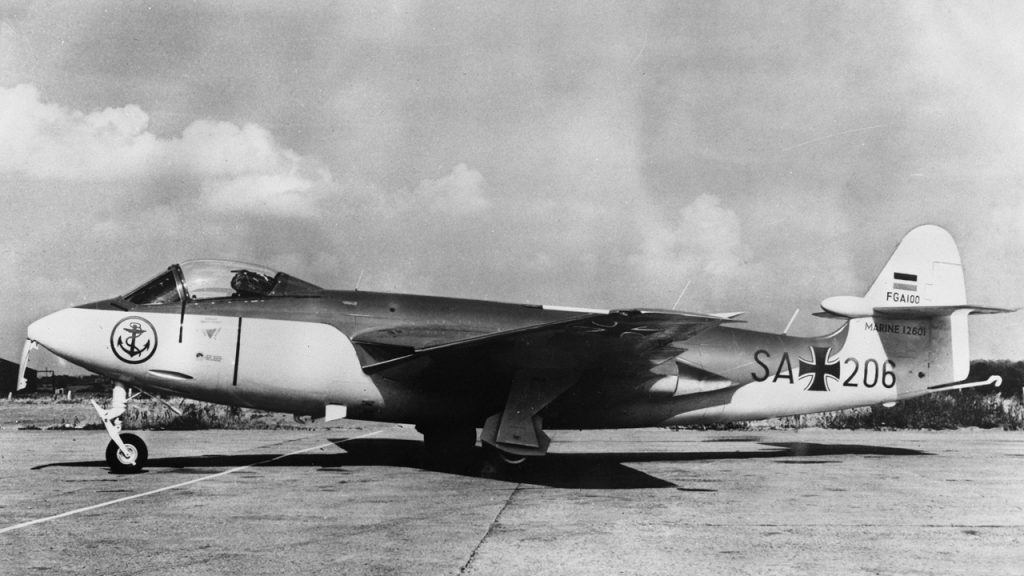
West German Navy Sea Hawk

A Lightning F3 landing
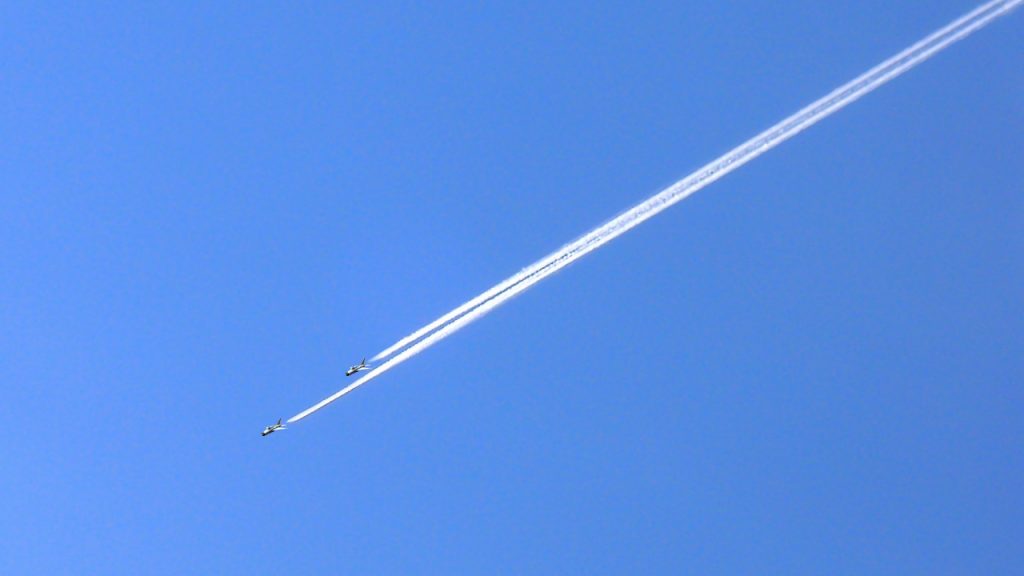
Mig 21s chasing

Returning safely
Images under Creative Commons licence with thanks to Louis-Philippe Crépin, images in the Public Domain, the CIA, the RAF, Rosario Van Tulpe, Milborne One and Mike Freer.

by Nick Anderson | Aug 11, 2023 | Plane Tales
Podcast (pt): Download
Life on 77 Squadron had settled down to a routine, if it ever really could on a fighter squadron. There was certainly plenty of variety to our flying. In one month I flew some practice bombing attacks, both day and night, on the Evans Head weapon’s range north by 230 nm. This was followed by a 4 ship formation demonstration of ground attack on our own airfield as part of an Open Day celebration for the public. Then night radar bombing on the Beecroft range at Jarvis bay about 150 nm south. Then we bombed and sank a tug boat before flying off to New Zealand.
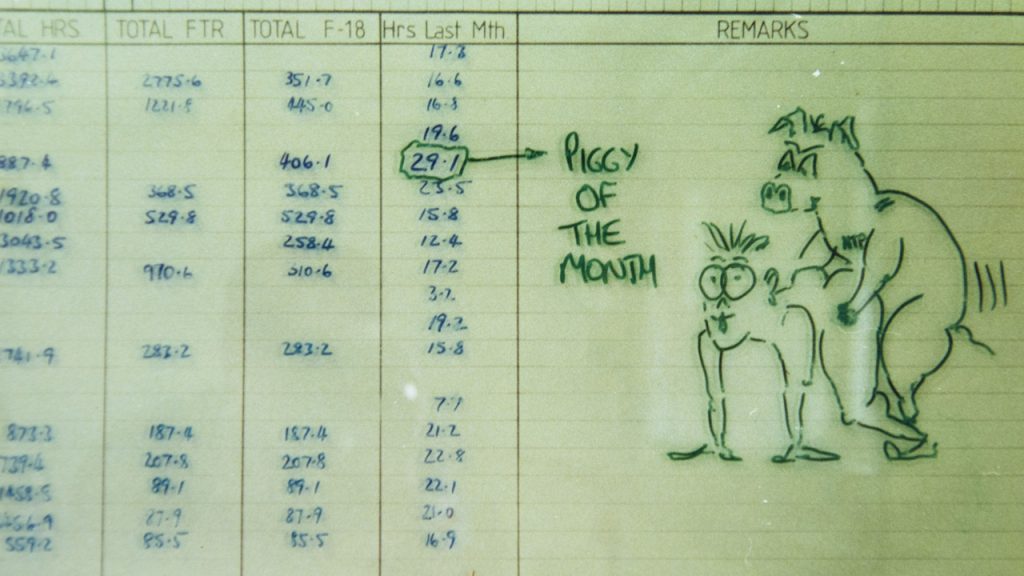
The Squadron hours board
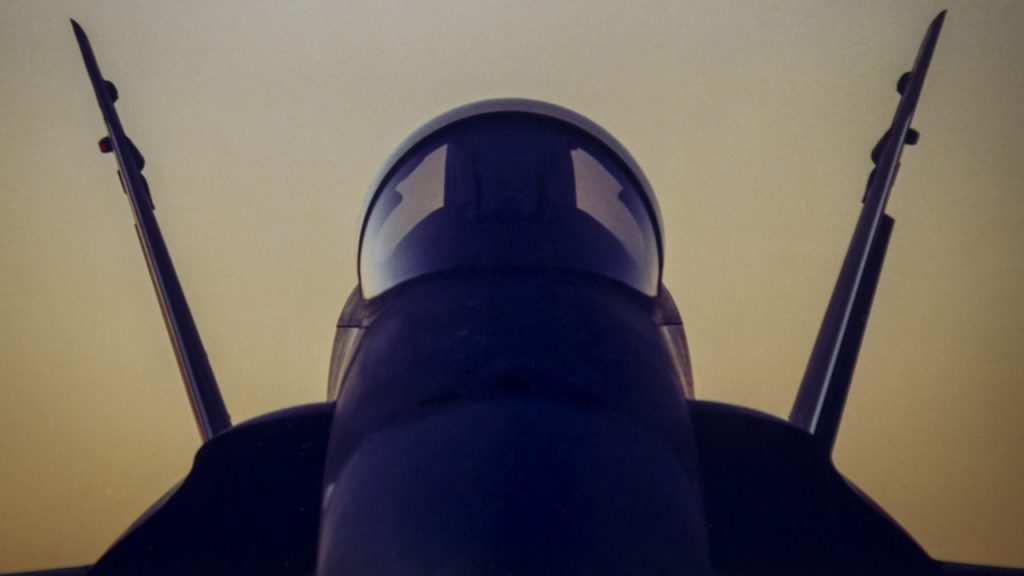
A head on view of the FA18A
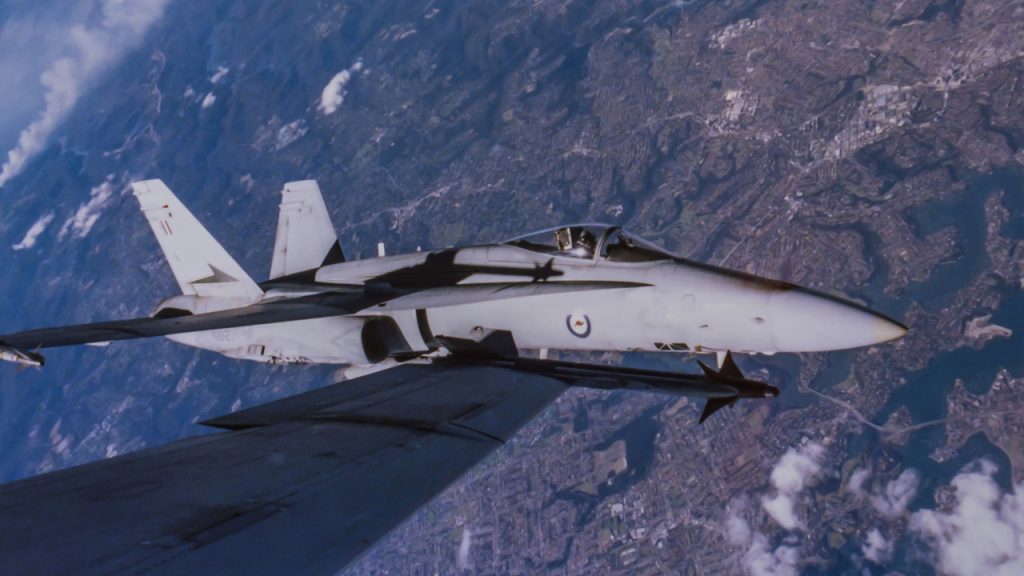
Our Hornets in close formation
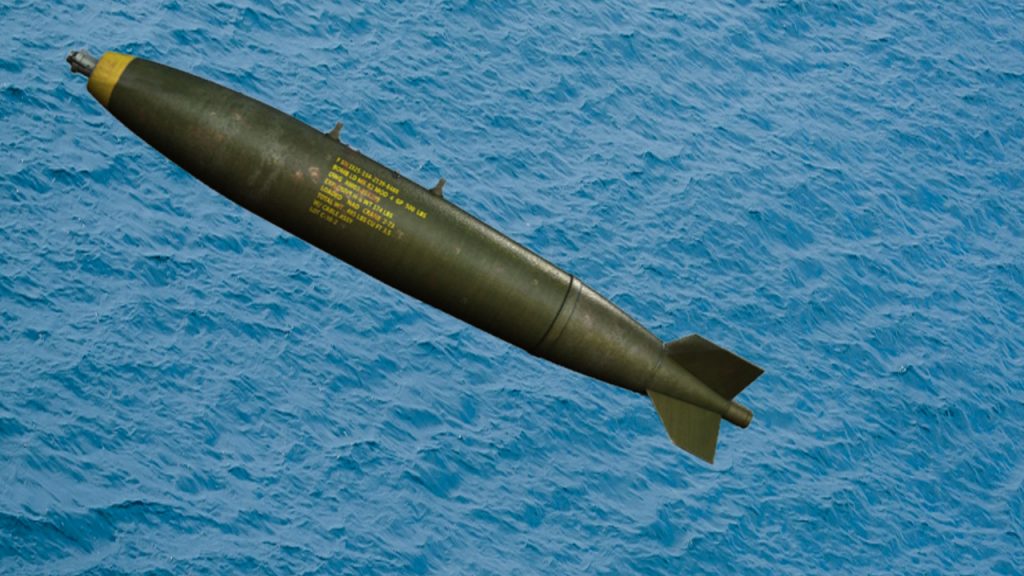
A MK82 low drag general purpose bomb
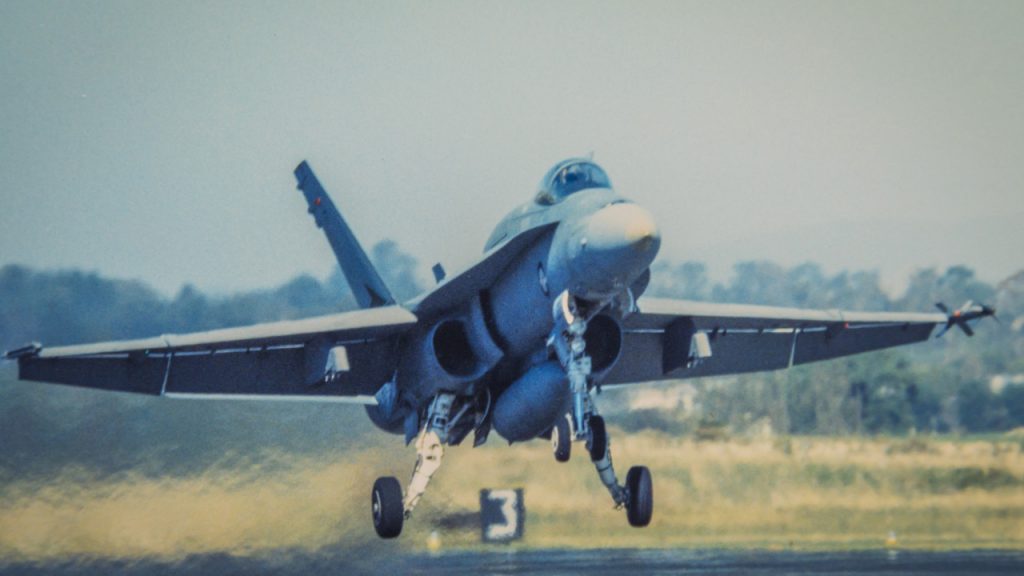
A 77 Sqn Hornet landing

RNZAF Strikemasters AKA the Bluntie
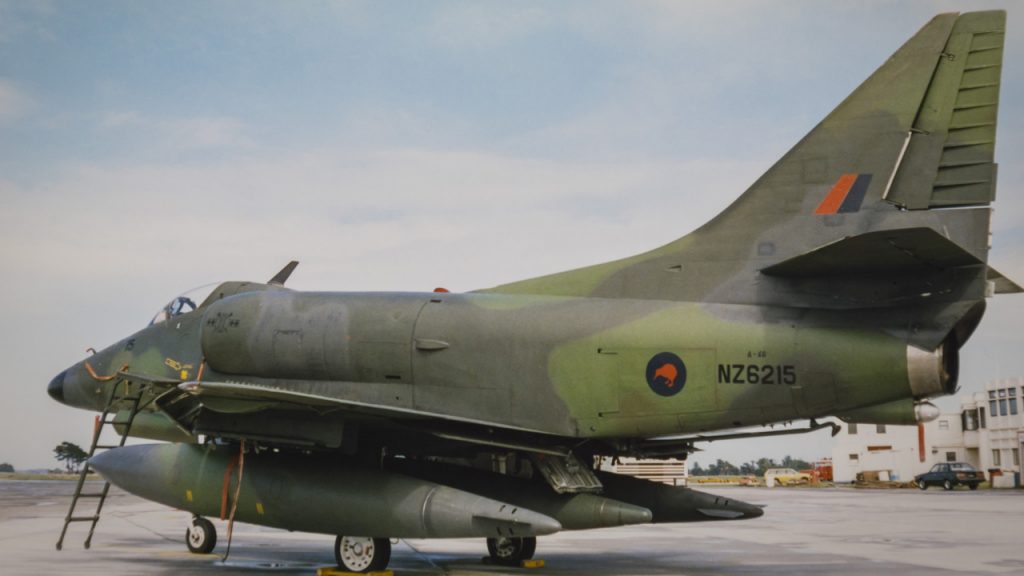
The RNZAF A4 Skyhawk
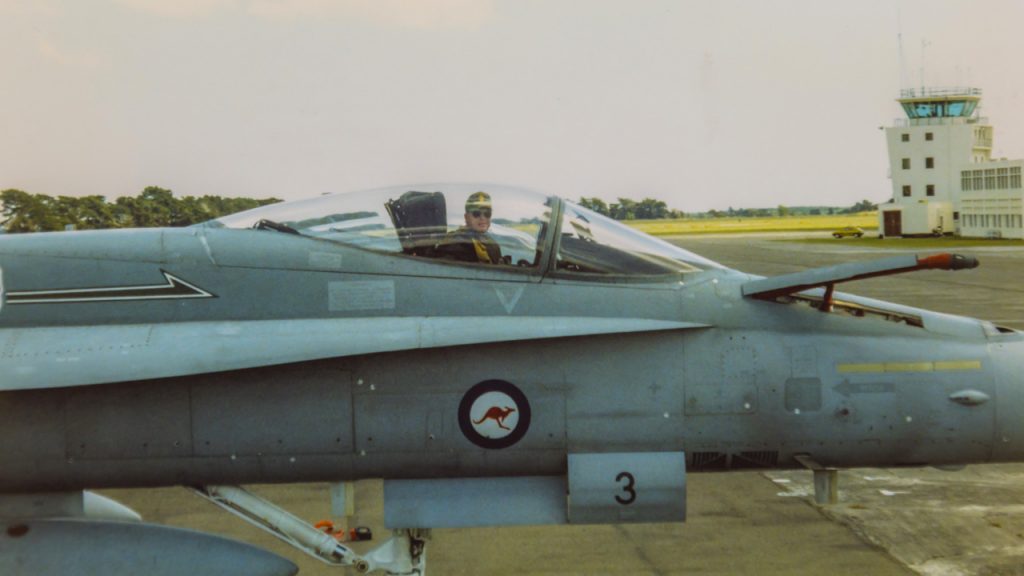
Landing at Ohakea
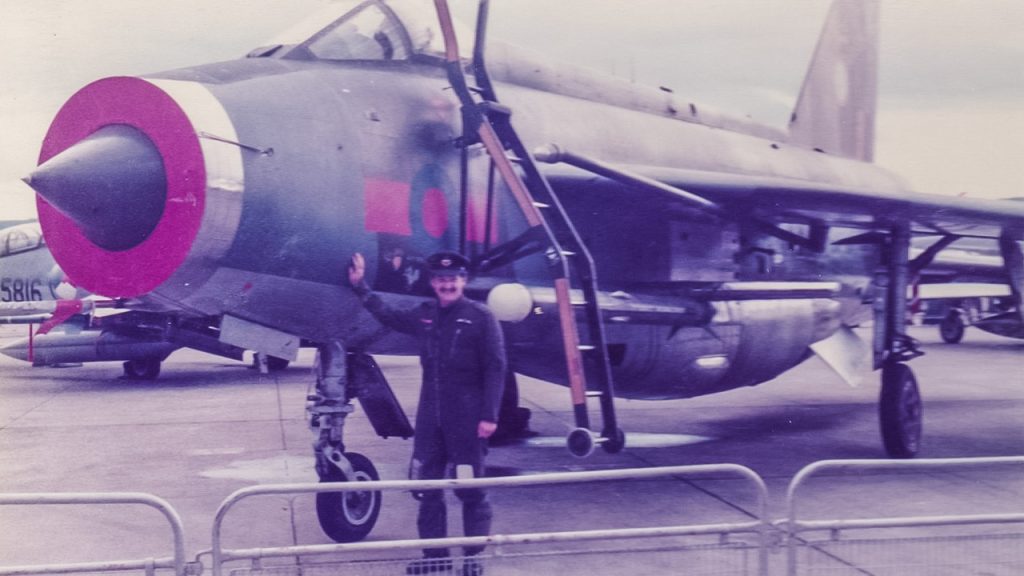
My old buddy John
Images under Creative Commons licence with thanks to Myself and Greenshed.
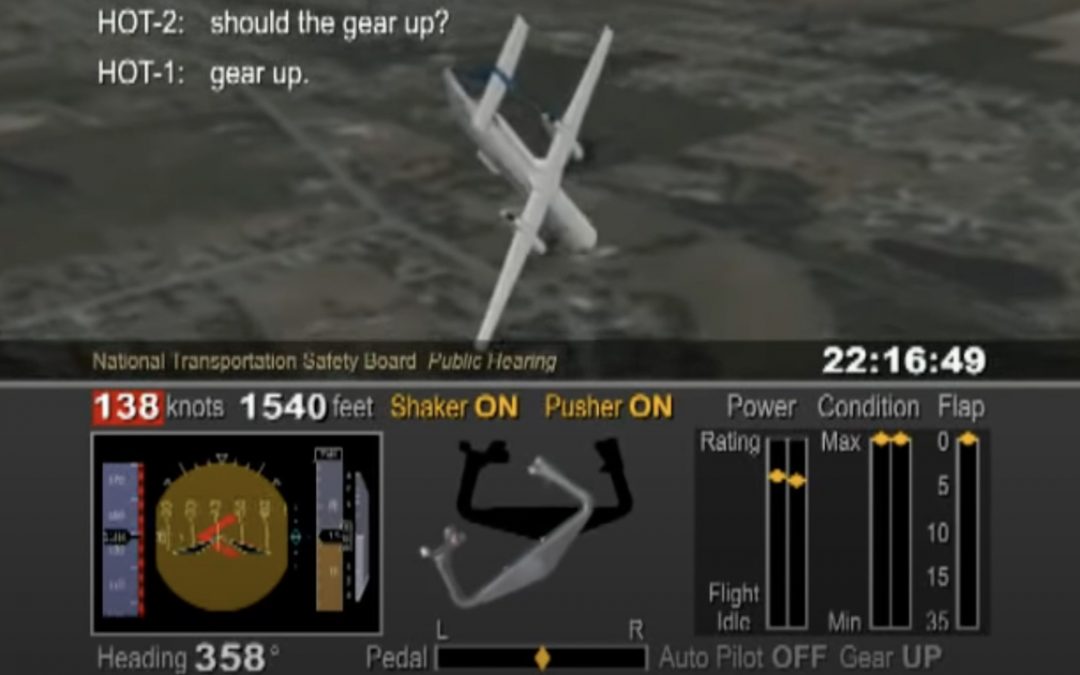
by Nick Anderson | Aug 10, 2023 | Plane Tales
Podcast (pt): Download
Marvin and Rebecca’s first two flights of the day were cancelled due to high winds at Newark so they both waited in the crew room until their company dispatch released them for flight 3407 at 6pm, 4 and a half hours after their initial report time. Certainly for Rebecca, it had been a long time since she had done more than nap in a chair. Their flight to Buffalo was due to take 53 minutes and they were carrying 45 passengers which, along with their two cabin attendants meant that they had 49 souls onboard their Q400 aircraft. The pilots’ performance was likely impaired because of fatigue but to what extent could not be conclusively determined. However, they boiled down to the flight crew’s failure to monitor airspeed, the flight crew’s failure to adhere to sterile cockpit procedures, the Captain’s failure to effectively manage the flight and Colgan Air’s inadequate procedures for airspeed selection, management during approaches in icing conditions and training. This is the story of Colgan Air Flight 3407.

A Bombardier Q400
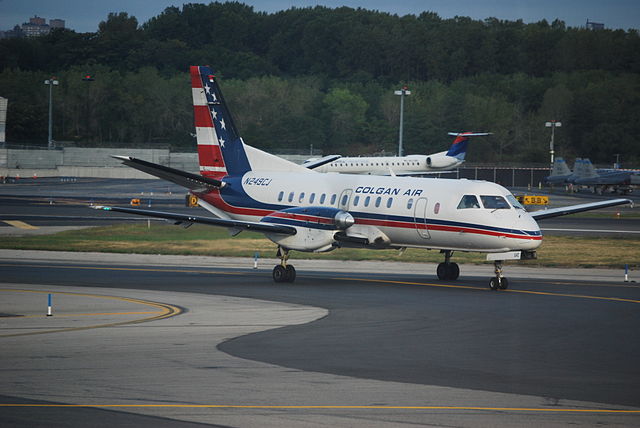
The SAAB 340
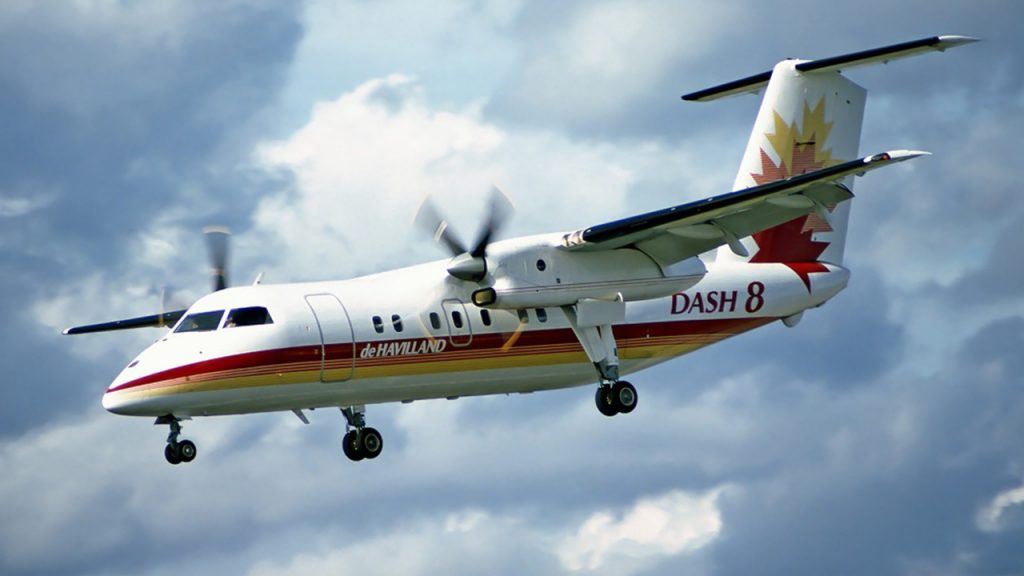
The DH Dash 8
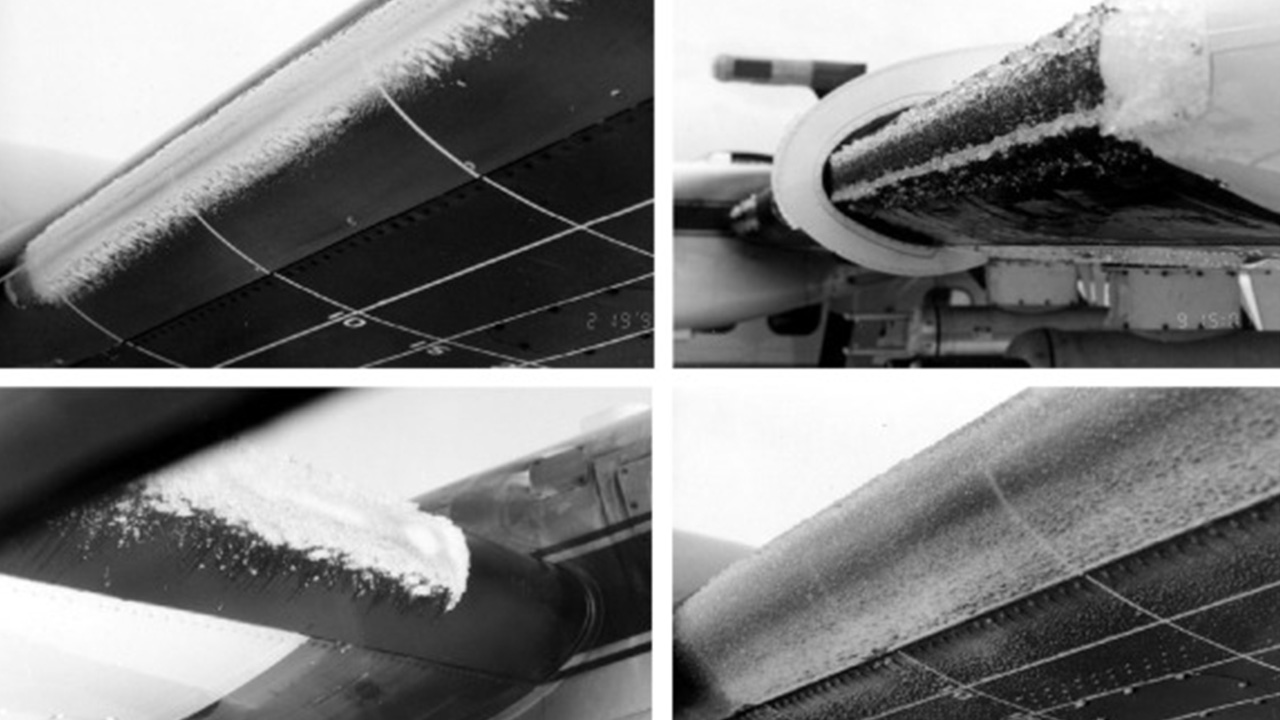
Examples of wing icing
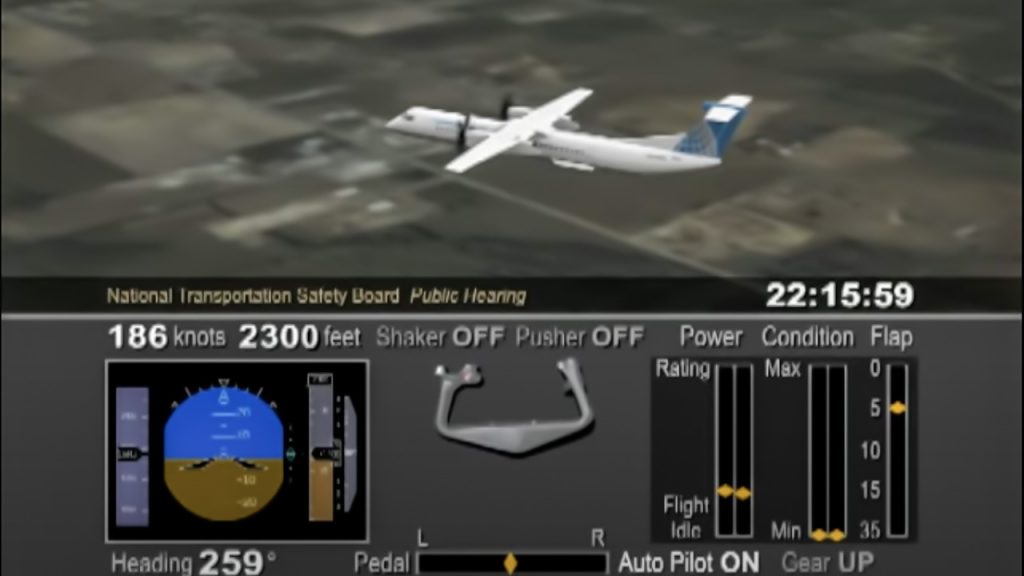
Stills from the NTSB accident report
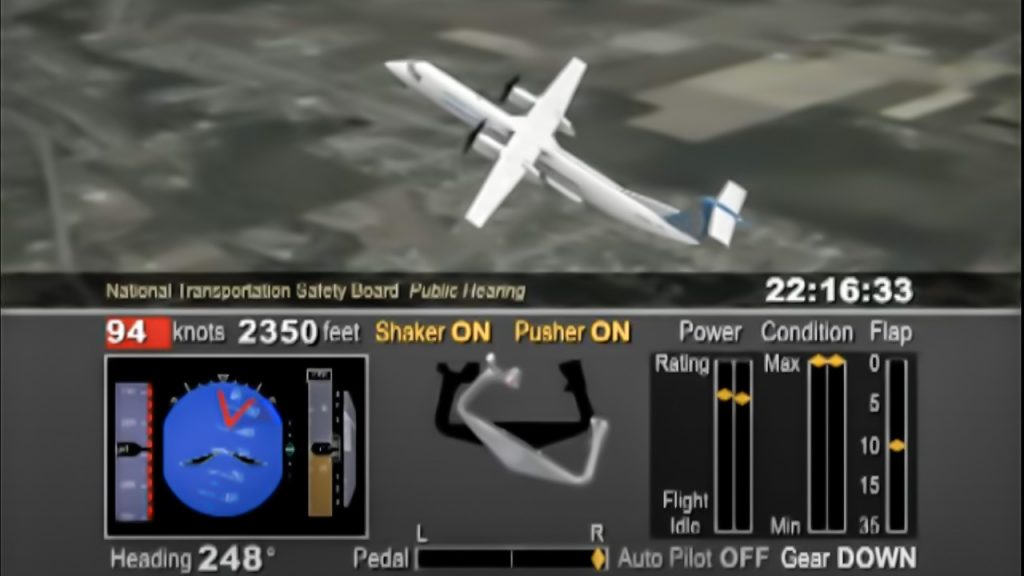
Stills from the NTSB accident report
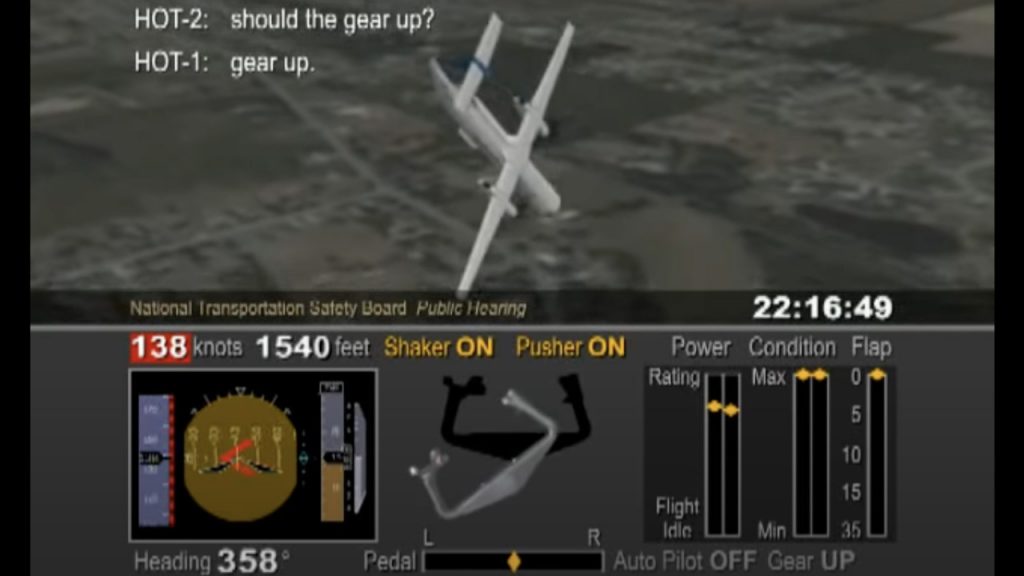
Stills from the NTSB accident report
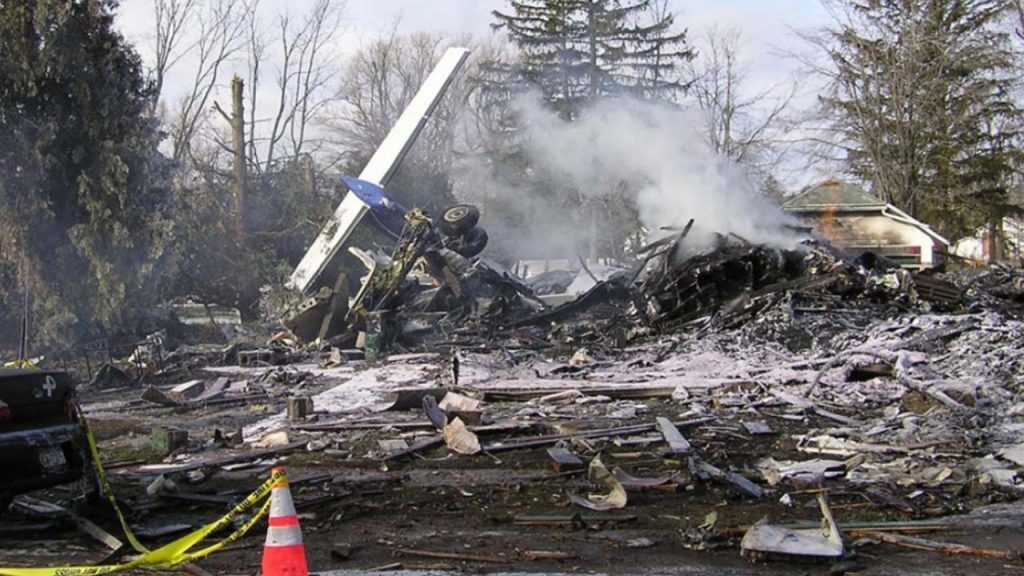
The wreckage of Flight 3407
Images under Creative Commons licence with thanks to Lord of the Wings, Bill Abbott, Steve Fitzgerald, NASA and the NTSB.
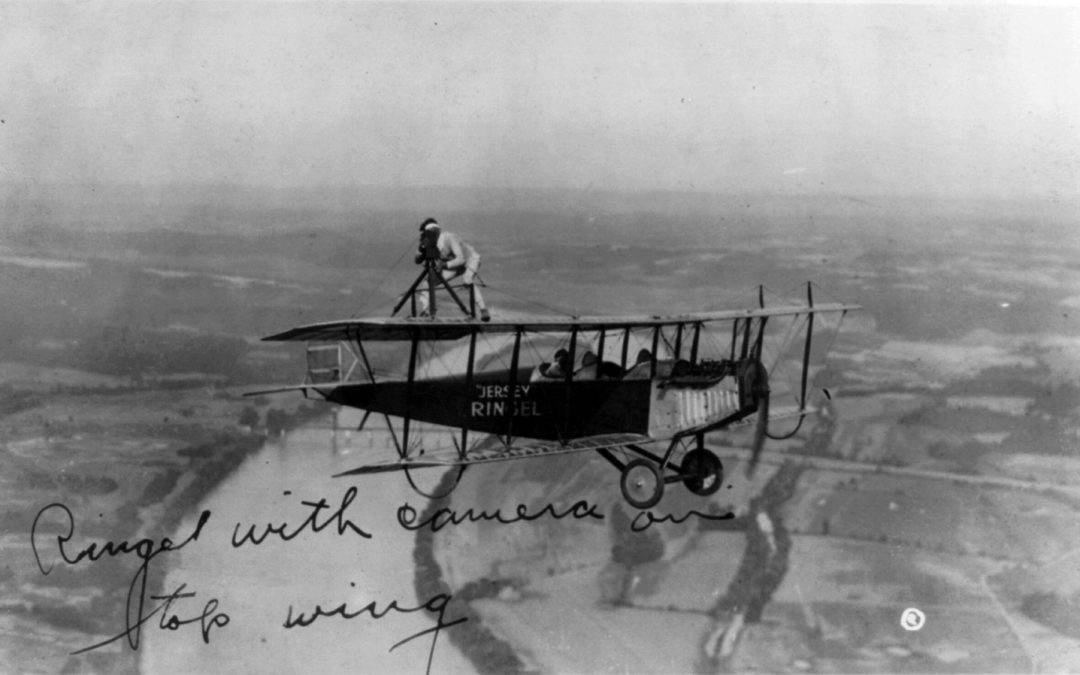
by Nick Anderson | Aug 6, 2023 | Plane Tales
Podcast (pt): Download
With thanks to listener Sam Dawson who has such interesting relatives and to Betty Goerke, the author of a book about Baz Bagby, A Broken Propeller. I am pleased to present the story of Sam Dawson’s Great Uncle Baz.
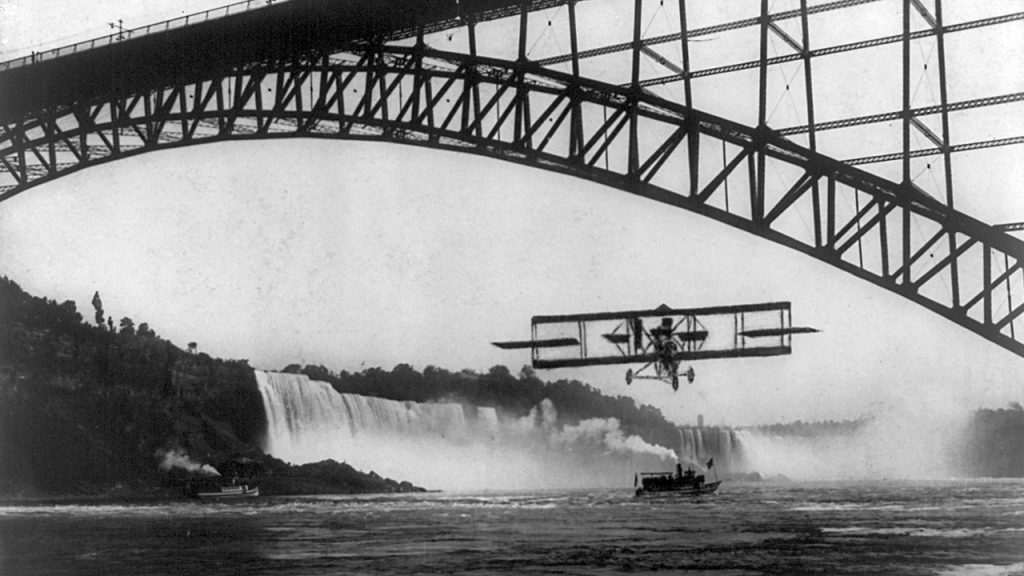
Stunt pilot Lincoln Beachey at Niagara

The 1st Aero Squadron

Early Aerial Reconnaissance

The 88th Aero Squadron
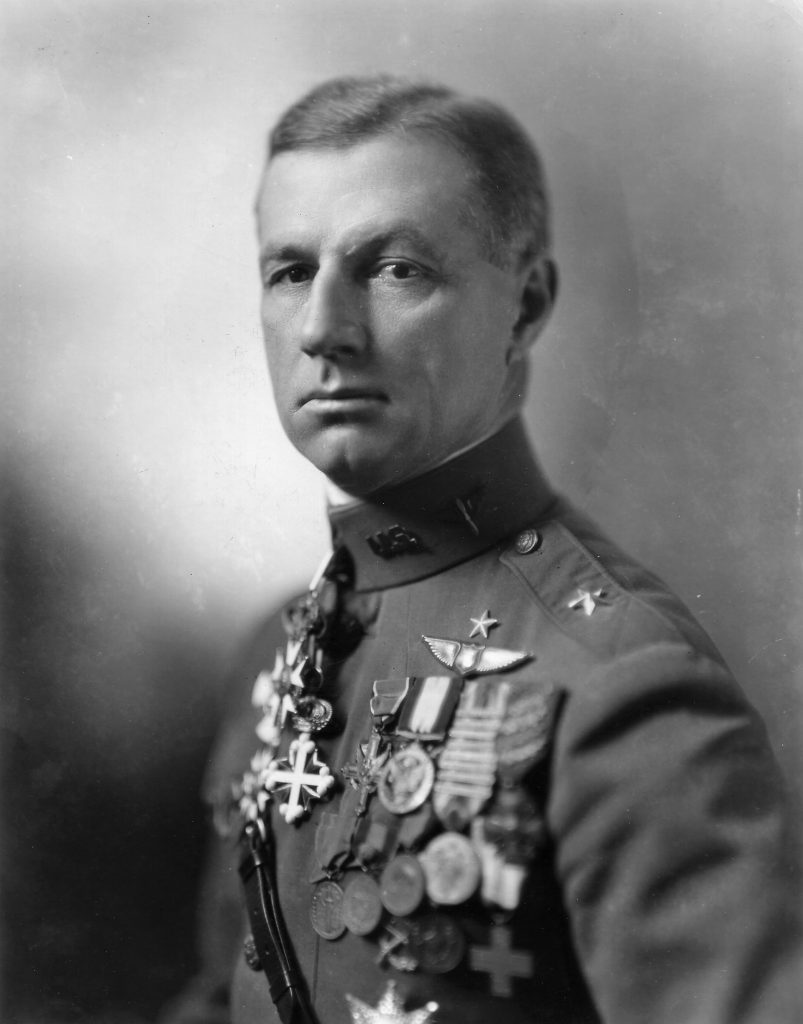
General Billy Mitchell
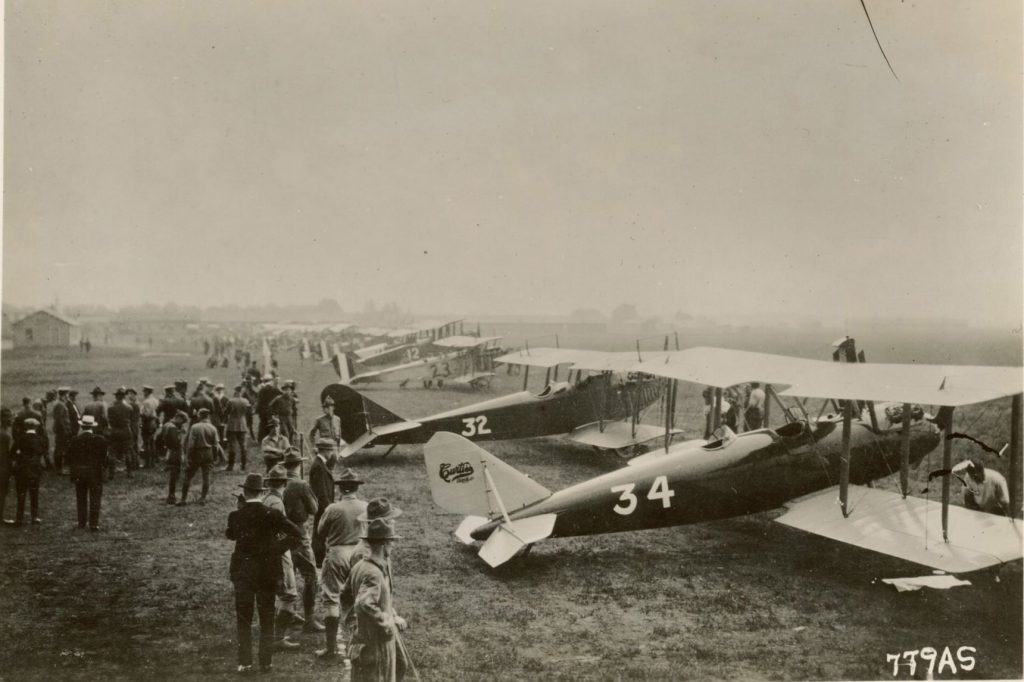
The start of the Great Transcontinental Air Race
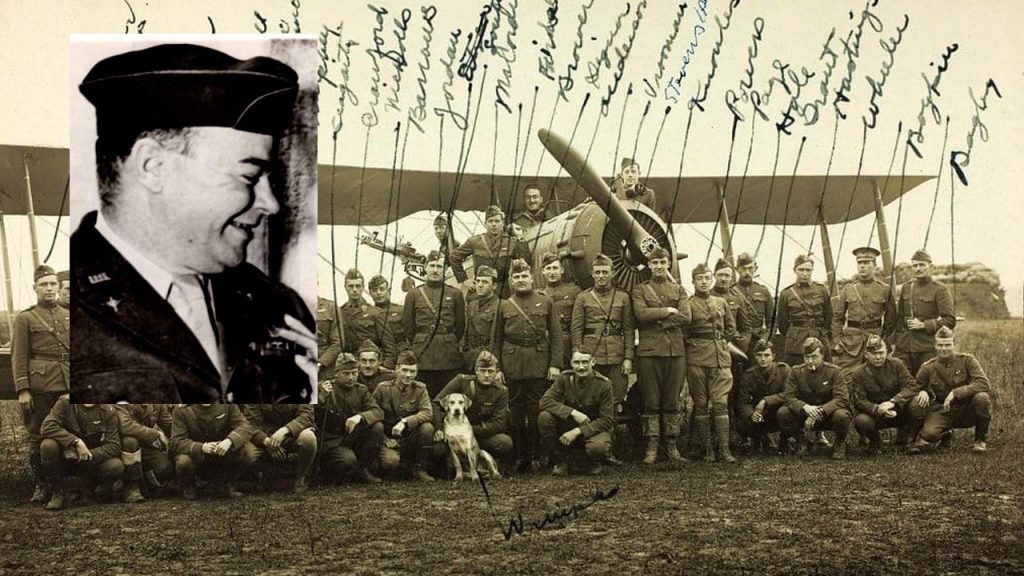
Great Uncle Baz
Images under creative commons licence with thanks to the Library of Congress, the USAAC, the USAF, the RFC, the US Army, the National Archives and SADSM.




































































